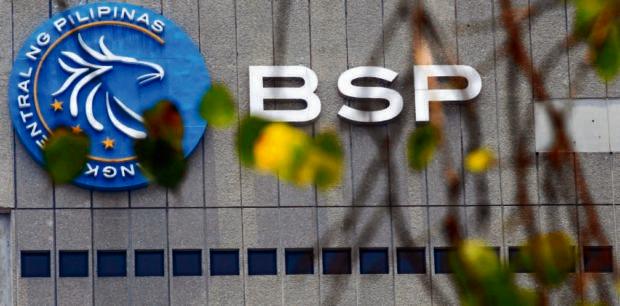The settlement of the zero-interest debt owed to the Bangko Sentral ng Pilipinas (BSP) last May lowered the national government’s outstanding obligations to P12.5 trillion.
The latest Bureau of the Treasury (BTr) data on Friday showed that outstanding debt was 2.1 percent smaller than end-April’s record P12.76 trillion, although 12.9-percent bigger than the P11.07 trillion as of end-May last year.
Locally sourced debt, which accounted for 69.3 percent of the total, declined 3 percent month-on-month to P8.67 trillion, albeit 9.5-percent larger than the P7.92 trillion a year ago.
In a statement, the BTr mainly attributed the lower domestic and total debt levels to the early repayment of the P300-billion provisional advance from the BSP, a month ahead of the June deadline. It was touted by the Duterte administration as evidence that the economy had returned to its prepandemic strength “sooner than expected” and no longer needed support from the central bank.
Foreign obligations
As for foreign debt, the outstanding amount inched up 0.1 percent month-on-month to P3.83 trillion, although the annual increase was a faster 21.4 percent from P3.16 trillion last year.
The BTr blamed the higher external obligations on the weaker peso and other currencies in which the government held debts, against the US dollar. The peso, for instance, ended May at 52.412:$1 or weaker than April’s exchange rate of 52.335 versus the greenback. The stronger dollar added a total of P15.04 billion to outstanding foreign debt, offsetting the P12.05-billion maturities and repayments last May.
Finance Secretary Benjamin Diokno said he wasn’t worried about the national government’s ballooning debt, citing that the bulk of outstanding obligations have medium- to long-term maturities.
“It will take us a long time to pay them,” he noted last Wednesday.
BTr data showed that P8.29 trillion or 66.4 percent of the end-May obligations were long-term in nature or those maturing in over 10 years, while P3.67 trillion or 29.4 percent were medium-term obligations which needed to be repaid in one to 10 years.
But the Department of Finance’s estimates had shown that the concessional or low-interest foreign loans obtained amid the prolonged fight against COVID-19 have to be repaid until 2060, spanning two generations.
The national government’s outstanding debt was expected to hit a new record-high of P13.42 trillion by year-end. Even if gross domestic product (GDP) would grow by 7-8 percent as targeted in 2022, the debt-to-GDP ratio—a better measure of a country’s capability to repay its obligations—had been projected to inch up to 60.9 percent of GDP, from the 16-year-high 60.5 percent last year.
Debt-to-GDP ratio
At the end of the first quarter, this ratio reached 63.5 percent, the highest since 2005’s 65.7 percent, as the better-than-expected 8.3-percent economic growth during the January-to-March period was outpaced by the 17.7-percent jump in borrowings in the same three-month period.
Despite elevated debt levels, Diokno said the Marcos Jr. administration will continue the Duterte administration’s unfulfilled goal to achieve its highest “A” credit ratings, which allows the government as well as the private sector to borrow more cheaply.
“With a general government gross debt of 53.5 percent as of 2021, the Philippines falls at around the median among Asean (Association of Southeast Asian Nations) peers. We intend to stay in the middle of the pack among Asean neighbors in terms of the debt ratios,” the Diokno said.
“We will balance the requirement of supporting economic recovery, while keeping our debt-to-GDP ratio within the sustainable threshold,” Diokno added.
Credit rating agencies earlier told the Inquirer that the Philippines’ general government debt—composed of combined obligations of the national government, local governments and social security institutions, less their bond holdings—was expected to have peaked last year and would decline moving forward alongside economic rebound, auguring well for the country’s investment-grade credit ratings.
Debt watchers closely monitor these debt levels for their credit-rating actions.
